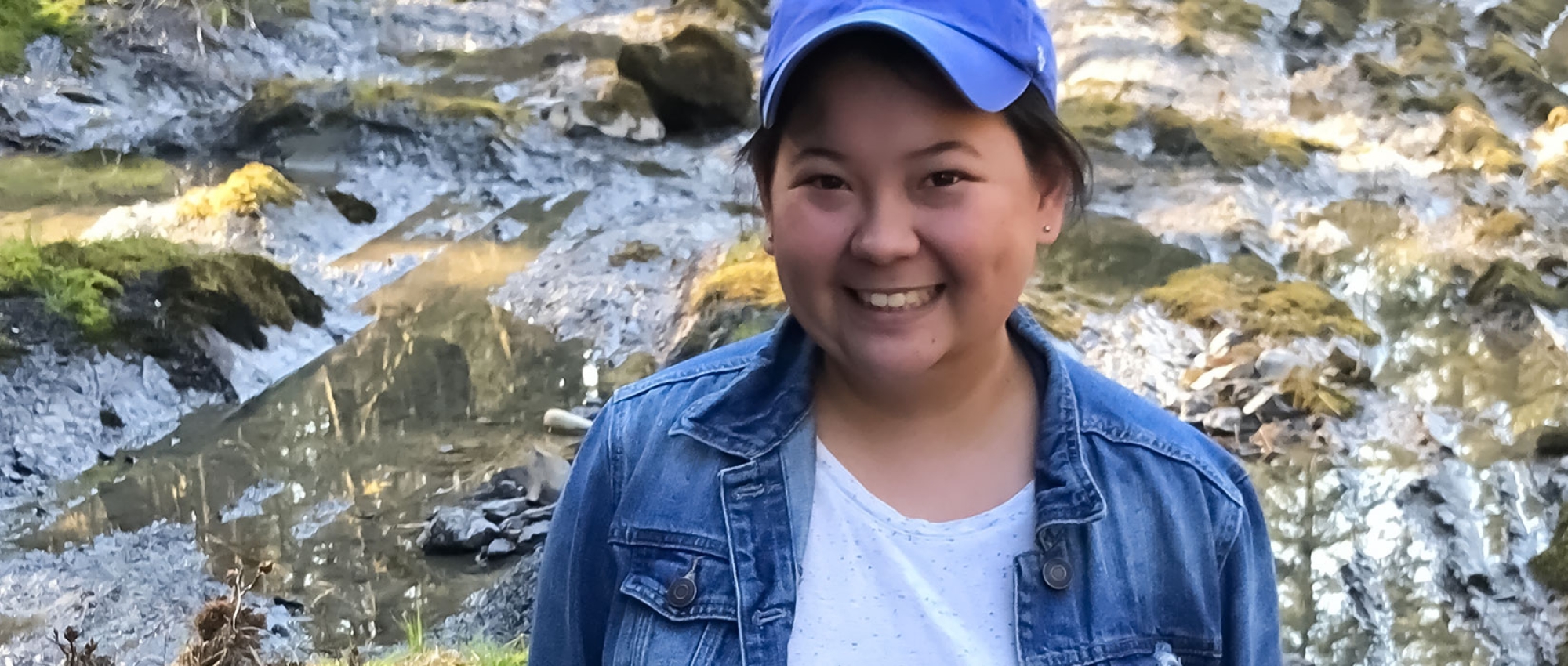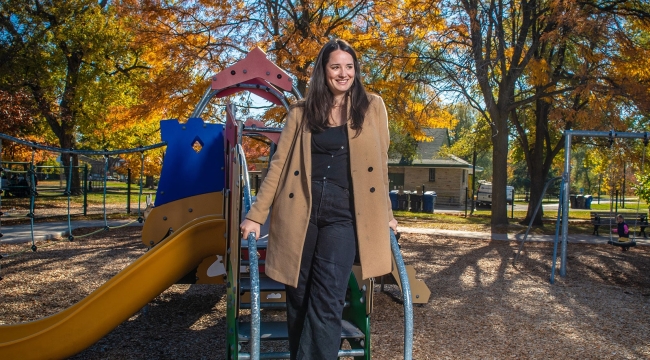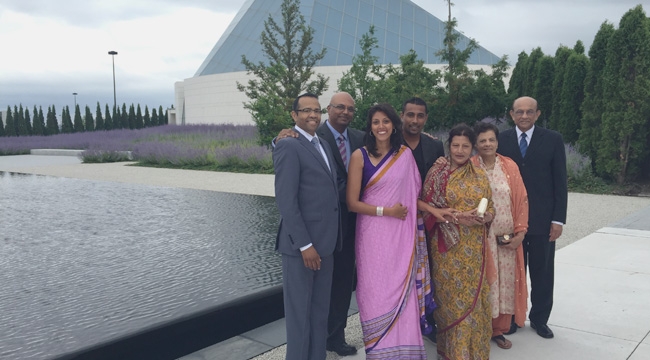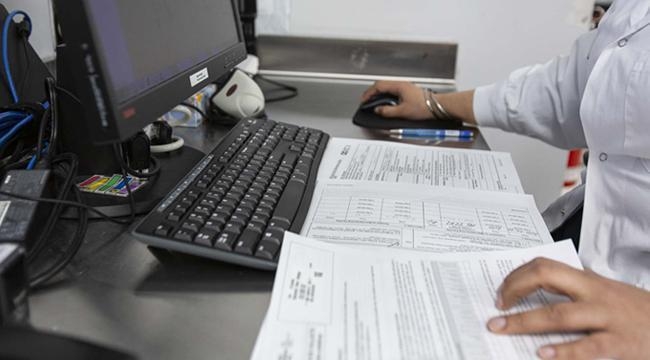How umbilical cord blood saves lives
Lourdess Sumners survived childhood leukemia because of cord blood donations
Twelve years after cord blood donors saved her life, Lourdess Sumners is making the most of the gift she’s been given.
“It’s allowed me to pursue what I love,” says Lourdess, 22, who is heading into her third year studying theatre at the University of Victoria. “If I’m not doing what I love, then I don’t want to do it, because life is short and can be taken for granted. I don’t want to do that.”
Lourdess’s love of theatre goes back at least as far as her hospitalization for leukemia at age eight. She even recalls watching musicals during treatment. The chemotherapy she endured put her cancer in remission, but when it came back the following year, her best hope was a stem cell transplant.
For Lourdess, the stem cells came from the umbilical cord blood of two anonymous donors on opposite sides of the world.
Stem cells save lives
Stem cells are found in the bone marrow and circulating blood of adult donors, as well as in umbilical cord blood. They can be used to treat more than 80 diseases and disorders, including leukemia, lymphoma and aplastic anemia.
While adults in Canada donate stem cells by joining Canadian Blood Services Stem Cell Registry, umbilical cord blood is donated directly by new mothers. The collection procedure is non-invasive because the blood is collected from the placenta and umbilical cord after the baby is delivered. Expectant mothers can register during pregnancy to donate to Canadian Blood Services’ Cord Blood Bank.
How can I register to donate stem cells?
How can I donate cord blood?
“The fact that you could take stem cells from what is essentially hospital waste, and use it for something that is so vitally good, that was the amazing part for me,” says Lourdess’s father Orlando Sumners.
Lourdess’s doctors had tried but failed to find a matching adult donor. Her mixed ancestry — Orlando is Caucasian, while Lourdess’s mother, Regina, is Filipino — posed a particular challenge. Patients are most likely to find a match with a donor of a similar background, and the pool of potential adult donors for people of mixed ethnicity is small.
Not only does cord blood widen the pool of potential donations, it also requires a less precise match than a transplant using adult donor stem cells.
“The world is a diverse place and more people need to donate and be a part of it,” says Lourdess. “It’s just one small thing that can affect somebody’s life in the best way possible.”
Now that she’s in her 20s, Lourdess is also thoughtful about the needs of future patients of mixed race.
“I think about kids I might have down the road, and if this happened to one of my children I would be worried,” she says.
She’s pleased to hear that today, approximately 26 per cent of the donations in Canadian Blood Services’ Cord Blood Bank are of mixed ethnicity.
“To hear that more diverse donation is happening makes me happy.”
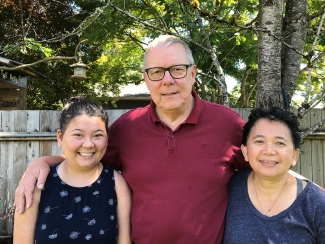
Lourdess Sumners, left, with her parents Orlando and Regina Sumners.
Two cord blood donations gave hope
At the time of Lourdess’s transplant in 2008, Canadian Blood Services’ Cord Blood Bank did not yet exist; Financial donations helped to build and open the bank in 2013. Lourdess’s doctors used other means to find suitable cord blood units, ultimately settling on one in the United States and the other in Japan.
The decision to use two donations was unusual, Orlando says, but doctors hoped it would improve his daughter’s chance of survival.
“We weren’t naïve to the fact that our daughter could die,” says Orlando, who recalled losing a childhood friend to leukemia. “We were open to any hope that could be given to us.”
Doctors also warned the family that Lourdess’s road to health could be difficult because the matches they’d found, while her best hope, were not ideal. She suffered many complications from graft versus host disease (GVHD), a condition in which the donated stem cells view the recipient’s body as foreign, and attack.
“I think I have an appreciation for my health that not a lot of people my age do,” Lourdess says. “I know that it’s easy when you’re young to think you’re invincible. But I’ve never felt that I was invincible.”
By donating cord blood or joining the stem cell registry, donors help transplant centres provide better matches for patients — and help reduce their risk of life-threatening complications.
How is COVID-19 affecting stem cell transplantation in Canada?
“We’ve actually seen the demand for cord blood go up substantially in the months of the pandemic,” said Dr. Graham Sher, CEO of Canadian Blood Services. “We’ve issued seven cord blood units from our bank just in the three months of the pandemic. Last year, in the entire year, we issued a total of six units.”
Lourdess Sumners is now living through the pandemic with her parents in Duncan, B.C. She’d expected to wrap up her school year with a role in a University of Victoria production of The Children’s Hour by Lillian Hellman, but because of COVID-19, the curtain never went up.
But Lourdess still has big dreams for her future in the arts. She’s currently working on a story about a young girl with cancer, and as she carves out a career in theatre, she plans to draw more on her experiences as a cancer survivor and stem cell recipient. She also wants to be a voice for friends she has lost.
“I want to use my art form and use what I’ve learned to advocate, and to shine light on a subject that doesn’t often get talked about,” Lourdess says.
Her father Orlando’s voice fills with emotion when he talks about the donors who have made it possible for her to fulfill such dreams.
“I’ve often thought, who are the wonderful people who did this for us?” he says. “Maybe they’re not even aware of the gift they gave.”
Since the inception of Canadian Blood Services’ Cord Blood Bank in 2013, we have collected more than 34,000 cord blood units from healthy volunteer mothers across the country. Collection takes place at hospitals in Ottawa, Brampton, Edmonton and Vancouver. Mothers expecting to deliver in those cities can register online to donate. Each donation can help save a life.
